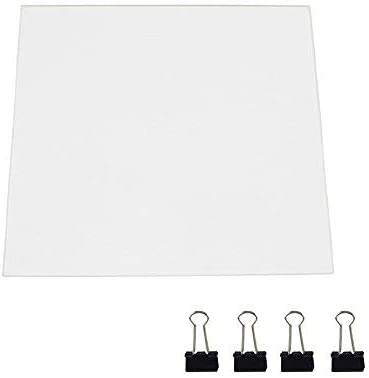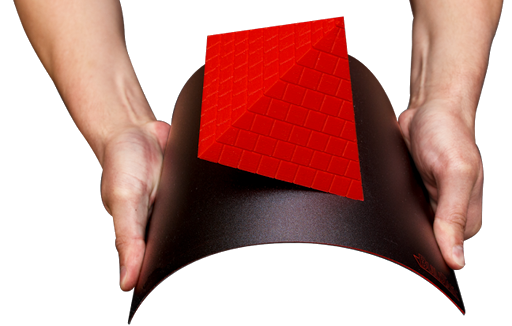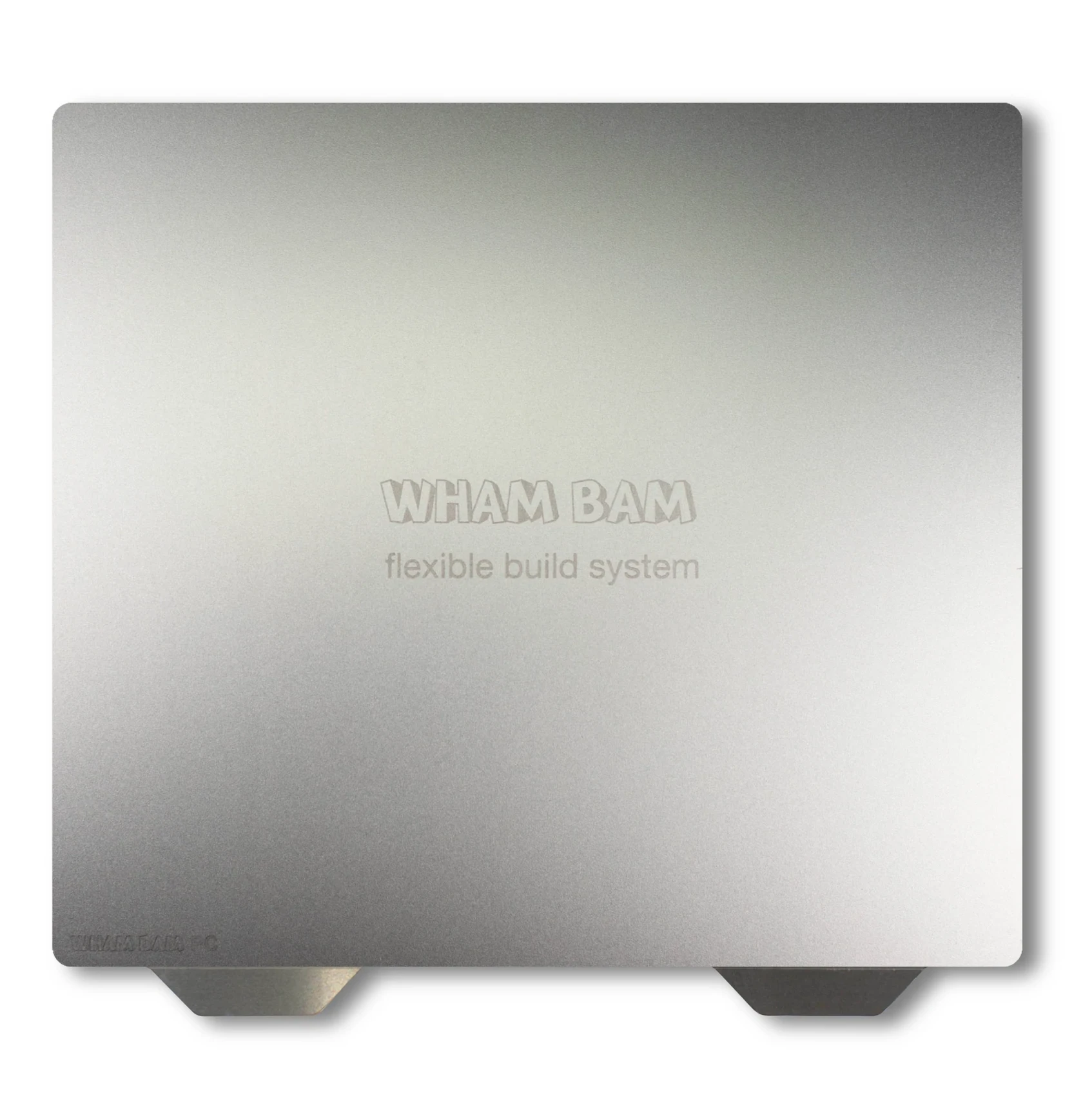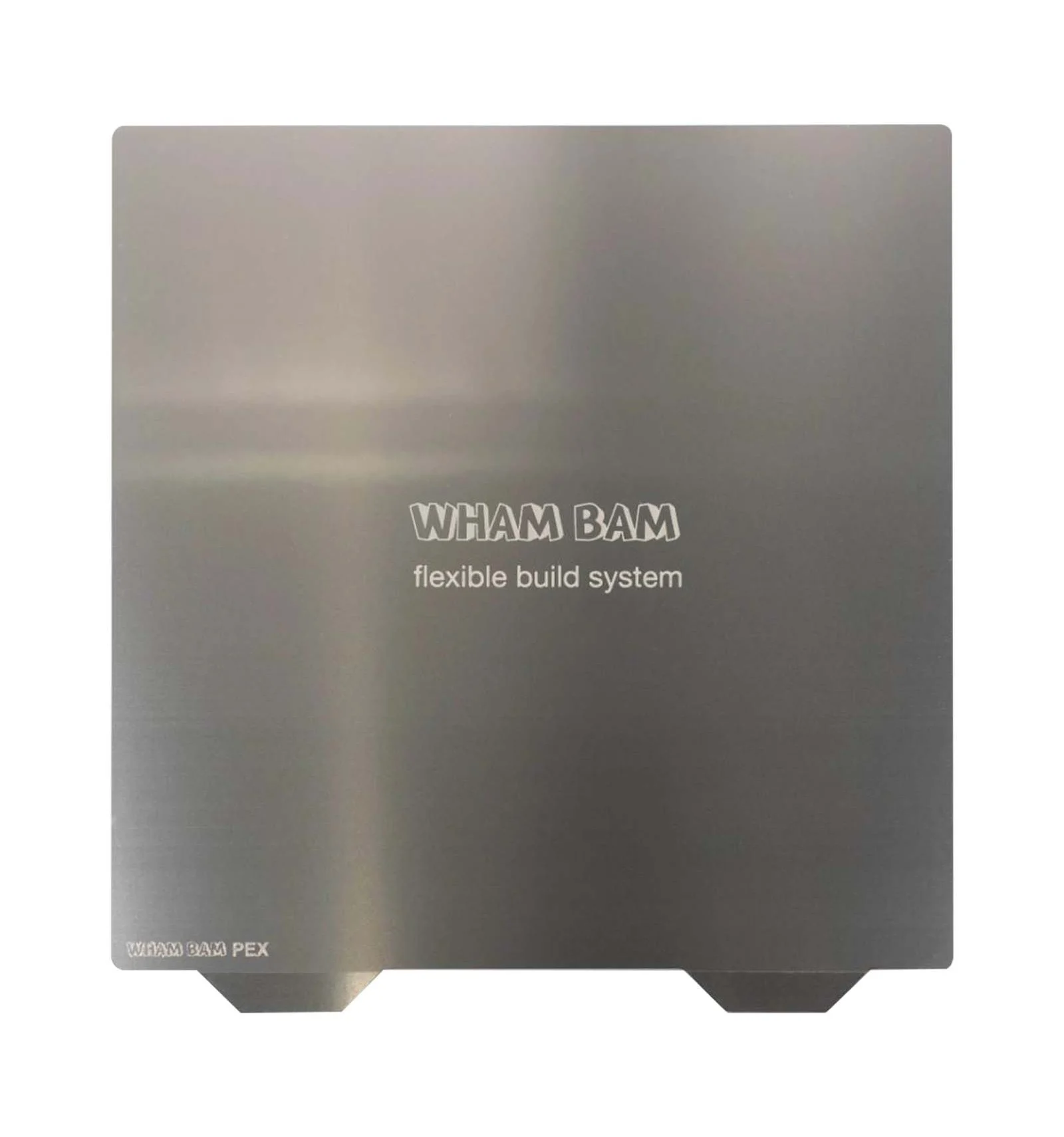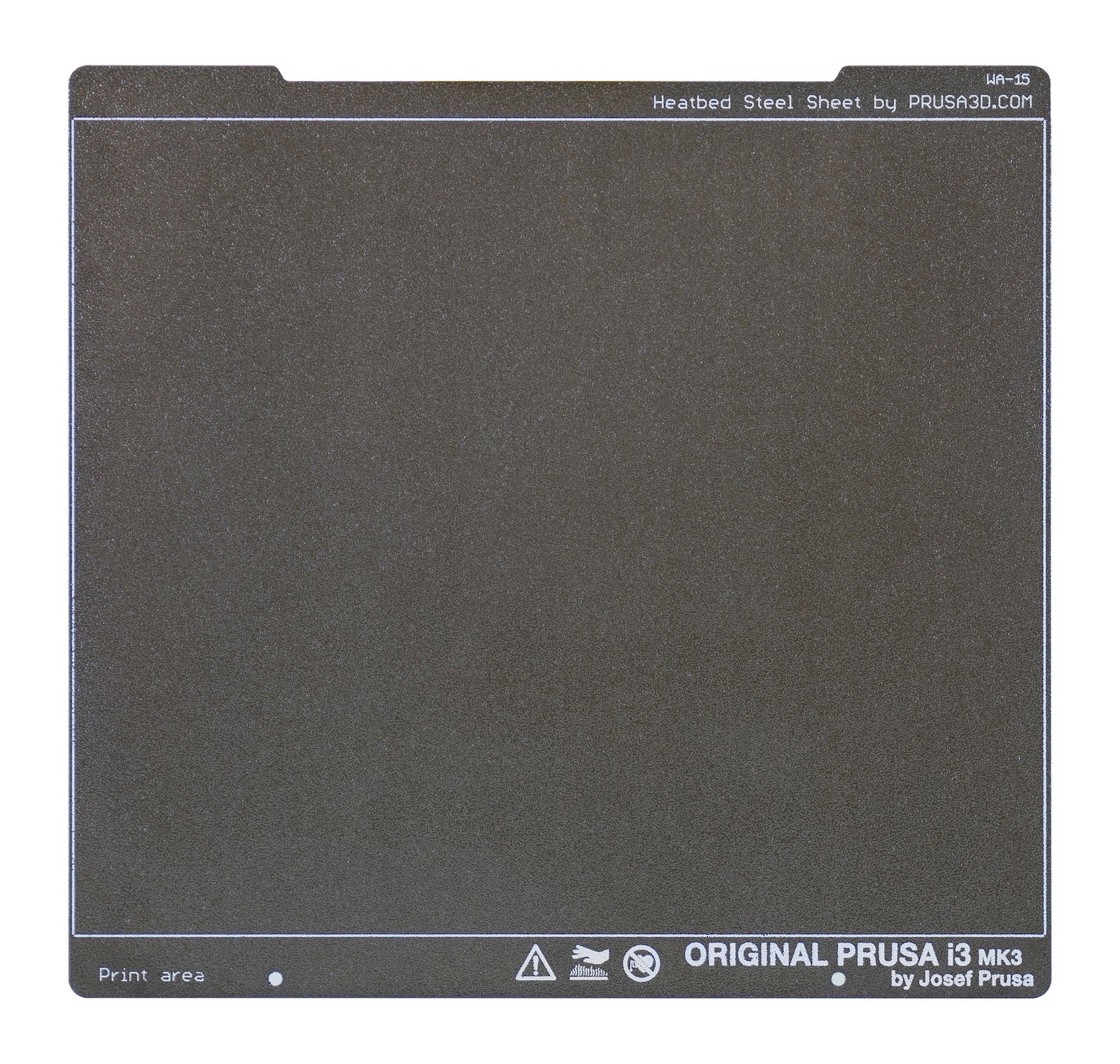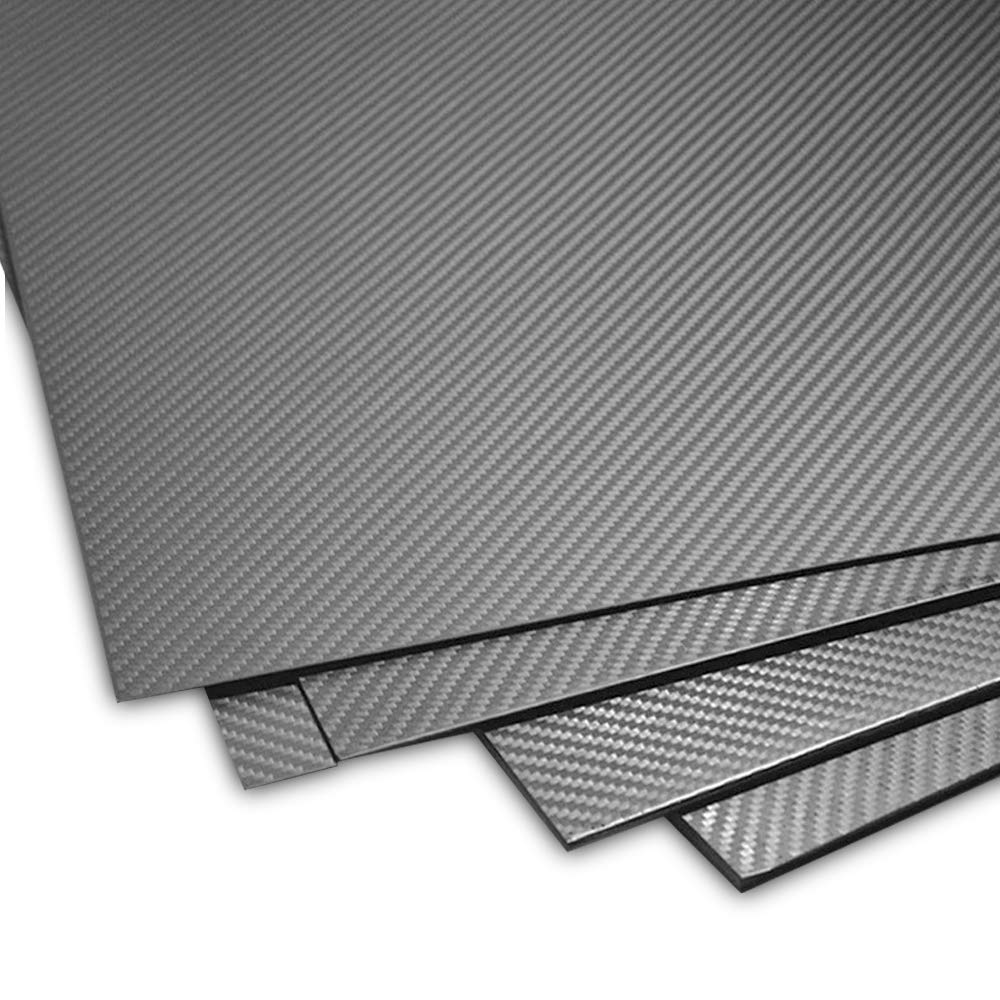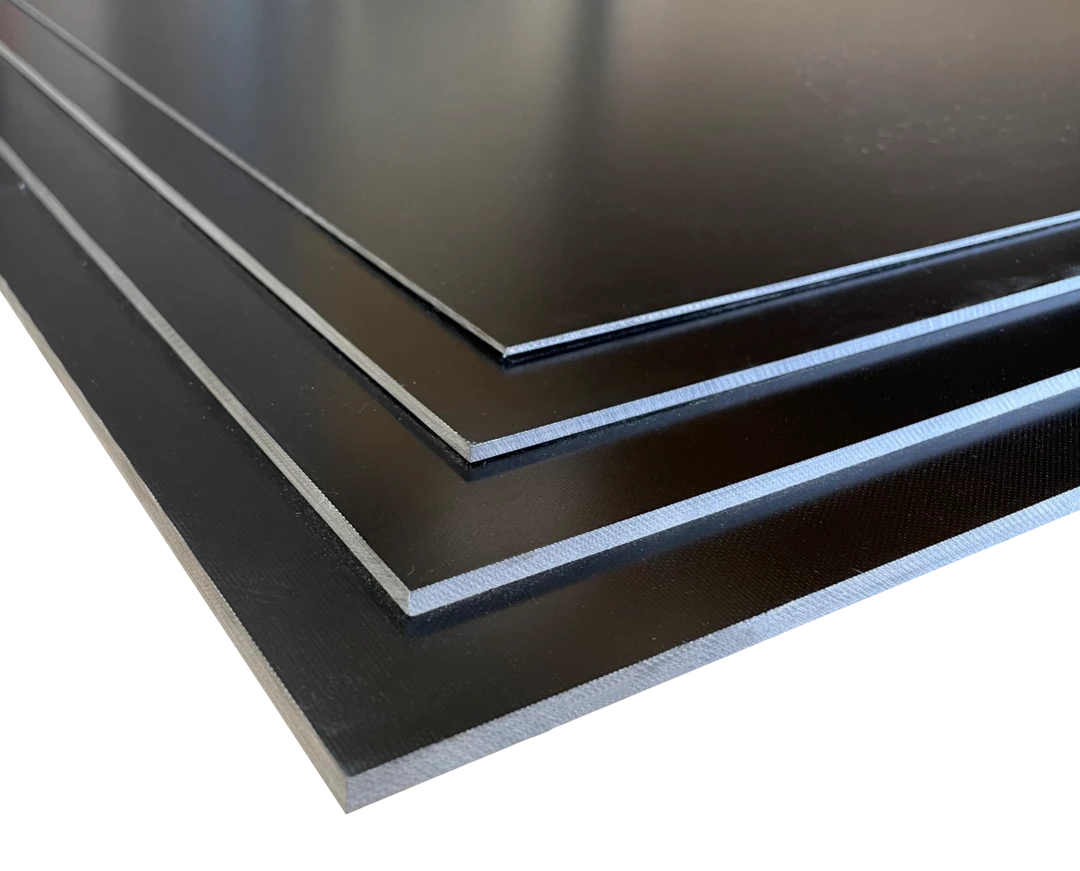Print Beds
Many options...
Lots of materials can successfully be used as print bed surfaces, and some of those work better for one filament better than another. These materials are the types I have used to date, and my opinions about each.
-
Glass - Float Glass, Tempered Glass, Mirrors, etc.
- Any flat glass surface
- Most filaments stick nicely to glass
- Super Flat for shinny bottom surfaces
- Thicker build plates are usually better at evening out bed heater hot spots
- Any type of adhesive can be used on glass
- Sometimes chips when removing prints if there is no adhesive used (Separation Layer)
-
Textured Polycarbonate Sheet - BuildTak
- Worked for PLA, TPU, PETG(Some PETG prints left marks on bed surface)
- Maximum Bed Temperature 100c
- Textured surface gives AMAZING adhesion for most materials
- Removing while still warm prevents tearing the BuildTak surface
- Will degrade with hard use
- Can be refreshed with 500 grit sandpaper as it ages for longer life, but texture will be removed
- Any type of adhesive can be used, and would prevent over sticking to the bed, reducing wear
-
WhamBam - Smooth PC
- Worked for PLA, TPU, and PETG(Some PETG prints left marks on bed surface)
- Maximum Bed Temperature 100c
- Can be refreshed with sandpaper as it ages for longer life
- Any type of adhesive can be used, and would prevent over sticking to the bed, reducing wear
- Manufacturer Statement
-
Bed temps for PLA 40-60°C.
-
The gap for PLA is less important, moderate to high gap.
-
You can lower your bed temperature after the first 10 layers without it coming loose so it’s also good for economy use.
-
You may need a scraper to pry off parts if stuck well, so be careful not to gouge.
-
High-temperature filaments may fuse to the surface so do not squish first layer too much and you may want to use a bit of glue stick as barrier for easier release.
-
TPU also sticks really well to this, so you may want to print with no bed heat and possibly glue stick.
-
Clean between uses with rubbing alcohol (IPA) and steel wool if needed to remove leftover filament.
-
-
WhamBam - Smooth PEX
- Worked for PLA, TPU, PETG, ABS, ASA, HIPS, PC, PP, PA12, PA6(Some prints left marks on bed)
- Maximum Bed Temperature 150c (3M Adhesive Max Temp)
- Can be refreshed with sandpaper as it ages for longer life
- Non-Acetone adhesives Only!
- No ABS Juice (No Acetone)
- Most adhesives are OK (Magigoo, Vision Miner, Glue Stick, Hair Spray, etc.)
- Manufacturer Statement
-
Bed temps for PLA 70°C, gap PLA as tight as you can get it with full material flow. The first layer must be squished and flat-topped.
-
Bed temps for PETG 70°C, gap PETG moderate. For PETG set the hot end of lower limit to good layer bonding, usually 240-250°C to avoid fusing with surface.
-
Do not use part fan until layer 3-4.
-
Let parts cool completely before popping off, never pry or force parts off or you can take a chunk of your build surface off.
-
Finger oils and dust are prohibitors to adhesion, so keep your beds clean.
-
We have had success printing PLA, PETG, ABS, TPU, PP, and glass or carbon fiber filled PC and Nylon on our PEX build surfaces with no adhesives needed for bond. However for pure Nylon and PC its usually necessary to use a glue stick or magigoo to get the part to stay down. You will need an enclosure when printing ABS, Nylon, PC and other high shrinkage materials.
- Should your PEI, Powder Painted PEI, or PEX ever lose some of it's grip you can revitalize with acetone (use gloves and eye protection) and steel wool.
-
-
Prusa - Textured PEI
- Worked for PLA, TPU, PETG, ABS, ASA, HIPS, PC, PP, PA6, PA11, and PA12 (No issues on any filaments yet)
- Maximum Bed Temperature 150c (3M Adhesive Max Temp)
- Double Sided but will degrade with hard use (Any adhesive reduces wear)
- Non-Acetone adhesives Only!
- No ABS Juice(No Acetone)
- Most adhesives are OK (Magigoo, Vision Miner, Glue Stick, Hair Spray, etc.)
- My Opinion - I love the textured bottom surface regardless of which brand!
-
1mm Carbon Fiber Twill - Smooth
- Worked for PLA, TPU, PETG, ABS, ASA, HIPS, PC, PP, PA6, PA11, and PA12 (No issues on any filaments yet)
- Maximum Bed Temperature 150c (3M Adhesive Max Temp)
- Can be refreshed with sandpaper as it ages for longer life
- Any type of adhesive can be used
- Very Flat with a light weave pattern texture showing on print bottoms
- My Opinion - It works for me, almost as if it were a flexible glass sheet (not quite as shiny though)
-
1mm FR-4 (Glass-Reinforced Epoxy Laminate) - Satin
- SHOULD work for any filament (My experience was not good, but many other people have had success!)
- Maximum Bed Temperature 150c (3M Adhesive Max Temp)
- Can be REPEATEDLY refreshed with sandpaper as it ages for longer life
- The material is very durable and would likely last much longer compared to a PEI/PEX/PC/etc. surface
- Any type of adhesive can be used
- Begins Very Flat, but mine had a waxy surface finish that no filament would stick to
- Sanded with p500 paper to refresh the surface, Washed with several different solvents
- My Opinion - It works for me, almost as if it were a flexible glass sheet (not quite as shiny though)

